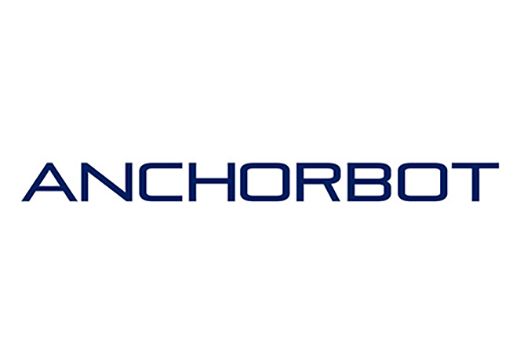
Anchorbot
In a world where the ocean's resources hold the key to sustainable energy and food production, traditional anchoring methods have become a formidable barrier. Jonathan Pompa, Founder and CEO of Anchorbot, recognized this challenge and set out to build a superior solution. With a vision for a system that is not only affordable and maneuverable but also scalable to meet the demands of the future, Anchorbot is poised to redefine the way we anchor in our oceans.
Initially, Jonathan worked as part of a larger team under the Department of Energy’s ARPA-E Mariner program, which aimed to reduce the cost of kelp farming for biofuel production. However, the team soon identified that one of the primary expenses in kelp farming was the anchoring process itself. In fact, marine anchoring is a $6.5 billion market that is projected to rise to $23 billion by 2032. This realization led Jonathan to pivot and focus on developing a more cost-effective anchoring system that could also be scalable for a variety of marine applications.
Determined to address the challenges posed by existing anchoring systems, Jonathan joined Otherlab incubator and together with his CTO, Conor O’Brien, developed Anchorbot—a helical anchoring system. This system cuts cost and setup time, operates continuously with swappable batteries, and offers compatibility with existing anchoring systems, making it a seamless "drop-in replacement" for clients. Anchorbot’s design also emphasizes portability and ease of deployment. Capable of installing anchors at depths of up to 100 meters, it is suitable for a wide range of marine environments. Its compact design allows it to fit neatly into a packing crate, making it ideal for operations where mobility is crucial.
Strategic Partnership with Braid Theory
While researching AltaSea at The Port of Los Angeles as a test site for their technology, Anchorbot discovered Braid Theory, a venture advisory that supports science and engineering-led startups and scaleups in all areas of the blue economy. Anchorbot’s collaboration with Braid Theory has been vital to its growth.
"Braid Theory is two things for us: access to a network and access to testing facilities,"
the team explains. Through joining Braid Theory’s LA Blue Accelerator, Anchorbot gained invaluable connections to industry partners and potential clients in ports, harbors, and marinas.
The program’s advisory support has been instrumental in refining Anchorbot’s investment strategies, business model, customer discovery, and scaling operations. These connections and insights have positioned the company to accelerate its development and market penetration.
Applications
Anchorbot's low-impact helical anchor technology is ideal for marine environments where minimizing ecological disturbance is critical. These systems can be deployed from small boats, making them suitable for sensitive areas where larger vessels could cause harm. By expanding mooring capabilities into deeper waters, Anchorbot supports sustainable marine management and research initiatives.
In ports and marinas, traditional anchoring methods often require costly, heavy-duty equipment. Anchorbot's solution not only reduces costs but also simplifies deployment, making it an ideal choice for deeper water operations where conventional systems struggle. This flexibility opens new opportunities for expansion and increased operational efficiency.
In aquaculture, deeper water farming has traditionally been hindered by high anchoring costs. Anchorbot's helical system enables higher-density farming by providing a scalable solution that significantly reduces anchoring expenses. As a result, aquaculture operations can expand further offshore, leading to greater yields and more efficient farming practices.
With the growing demand for renewable energy, floating solar is rapidly becoming a key component of global energy strategies. Anchorbot’s scalable and cost-efficient anchoring system provides the necessary infrastructure to support this burgeoning industry, allowing solar farms to expand into deeper waters without the prohibitive costs associated with traditional anchoring solutions.
The Path Forward: Scaling for Impact
Upon successfully completing LA Blue in September 2024, Anchorbot’s immediate focus is on securing investments and solidifying its market presence. With proven prototypes and a clear market need, they are well-positioned to initiate pilot programs with key customers in aquaculture and floating solar industries.
Looking ahead, Anchorbot has ambitious plans to expand beyond its core anchoring technology. They aim to develop detachable attachments for additional marine tasks such as bottom sampling, core sampling, and underwater inspections. Ultimately, their vision is to create a full- service anchoring system that can scale for deep-water applications. By designing a flexible solution that can be deployed from any standard boat, Anchorbot seeks to eliminate the need for specialized anchor barges or cranes, offering a more versatile, efficient approach to marine operations. As industries like aquaculture, offshore energy, and floating solar continue to grow, the need for cost-effective, scalable anchoring solutions has never been greater. Anchorbot is leading the charge in transforming marine anchoring operations.







